Are you struggling to understand the SaaS marketing funnel?
In this article, we will guide you through the stages, metrics, and auditing process to optimize your SaaS marketing efforts.
Whether you are a startup or an established company, we have you covered.
So, let’s uncover the secrets to success and take your SaaS marketing game to the next level.
What is the SaaS Marketing Funnel
The SaaS marketing funnel is a step-by-step process that guides potential customers through their journey, from initial brand awareness to eventual conversion and retention. It serves as a roadmap that helps SaaS companies attract and convert leads effectively.
Understanding the stages of the SaaS marketing funnel is crucial for optimizing your sales process and improving your funnel metrics. The funnel consists of different stages, including awareness, engagement, exploration, conversion, and retention. Each stage plays a vital role in moving prospects closer to becoming paying customers.
By tracking funnel metrics like revenue growth, customer churn, customer lifetime value, and customer acquisition cost, SaaS companies can identify areas for improvement and make data-driven decisions.
Optimizing the SaaS marketing funnel is essential for driving conversions and ultimately growing your business.
So, Why Do You Need to Know the SaaS Marketing Funnel?
Understanding the SaaS marketing funnel is essential for optimizing your sales process and driving conversions. By knowing the stages of the funnel and key metrics, you can strategically plan and design a targeted customer journey, improving lead nurturing and lead generation along the way.
This data-driven approach allows you to tailor your marketing efforts to be more effective, identify and address conversion bottlenecks, enhance customer retention, and measure the ROI of your marketing initiatives.
It also gives you a competitive edge by keeping you informed about industry best practices and trends, enabling you to adapt your marketing strategies based on customer behavior and preferences.
In short, the SaaS marketing funnel is a crucial tool for success in the SaaS industry.
The 7-Stage SaaS Marketing Funnel
So, let’s dive into the discussion of the 7-stage SaaS marketing funnel.
These stages consist of:
- Awareness
- Interest
- Consideration
- Intent
- Purchase
- Post-Purchase
- Advocacy
Each stage plays a crucial role in the customer journey, from discovering your brand to making a purchase.
Now, let’s explore each of these stages in more detail and understand how they contribute to your overall marketing strategy.
1. Awareness
In the first stage of the sales funnel, there’s Awareness. Awareness allows you to increase brand visibility and recognition by capturing potential clients’ attention and delivering valuable content. Here’s a quick breakdown on how you can make the most of this stage:
- Catch their attention: Use visually appealing design elements to create a unique brand experience. On top of that, you should incorporate branding elements consistently in your UI/UX design to increase brand awareness.
- Deliver valuable content: Present information in a visually pleasing and easily accessible way. To add to that, addressing potential pain points and offering solutions in your content is also crucial.
At the top of the funnel, potential customers are searching for information and may not yet realize they’ve got a problem. By increasing brand visibility and delivering valuable content, you can make them aware of their pain points and position your solution as the answer.
HubSpot – A Great Example of Awareness
HubSpot serves as a prime example of a company excelling in top-of-the-funnel activities, specifically in generating awareness.
The company strategically focuses on disseminating high-value information across the internet through various channels such as blog posts, eBooks, and webinars. This educational content aims to enlighten their audience about inbound marketing and sales.
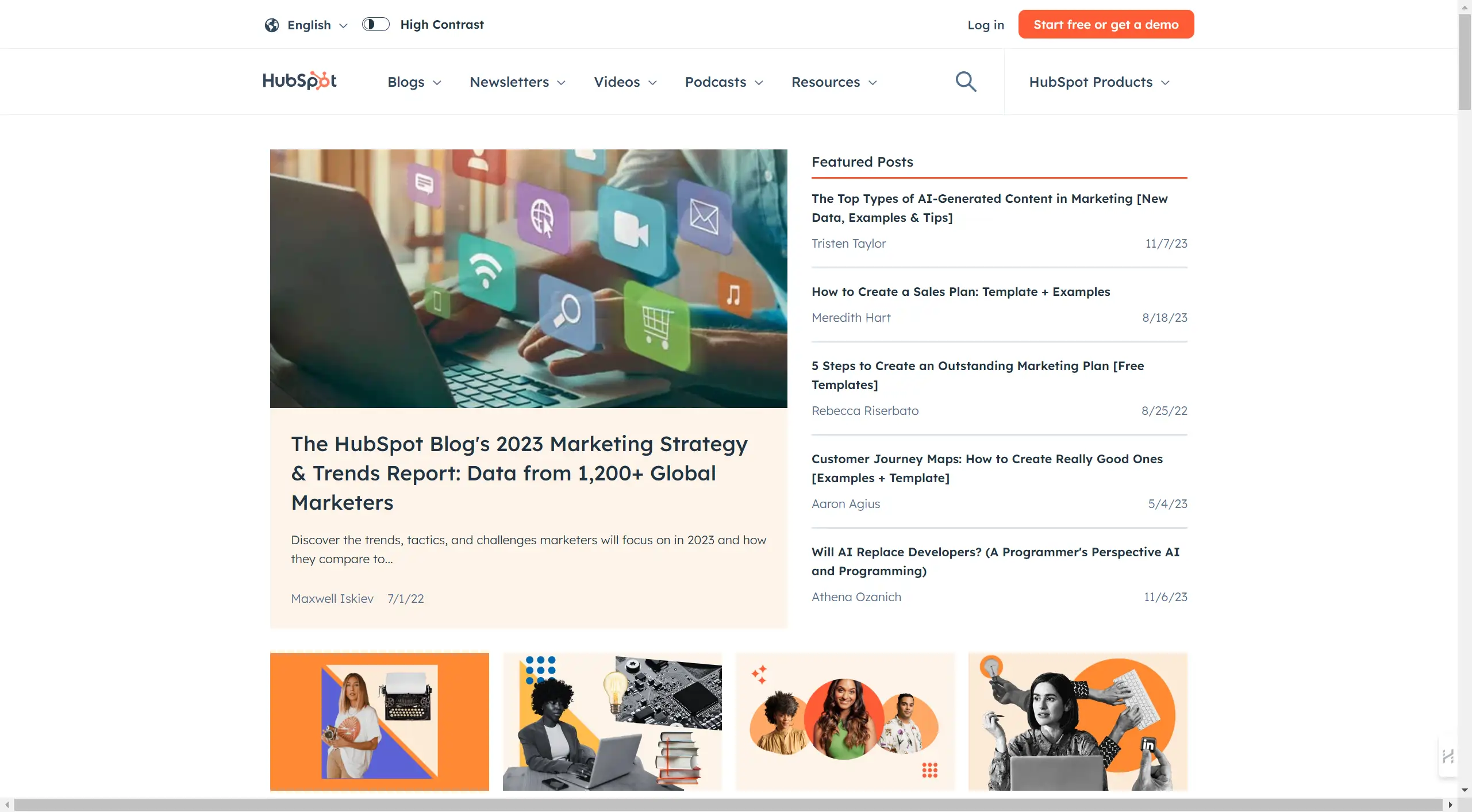
HubSpot extends its effectiveness to social media platforms, including Twitter, LinkedIn, and Facebook, maintaining an active presence. They achieve this by sharing relevant industry insights and actively engaging with their audience.
Moreover, HubSpot leverages paid advertising—a highly effective tactic for promoting your platform—to cultivate a strong and loyal audience.
2. Interest
In the second stage (aka the interest stage) of the SaaS marketing funnel, potential customers actively engage with your product or service. This is where they show genuine curiosity and start considering whether your solution is the right fit for their needs.
To evoke an emotional response and capture their interest, it is important to present compelling content that resonates with them. Here’s a table to help you understand the key aspects of the interest stage in the SaaS marketing funnel:
| Stage of the Funnel | SaaS Business | SaaS Product |
|---|---|---|
| Interest | Potential customers are actively engaged and curious about your offering. | Your product or service should stand out and address their pain points effectively. |
Intercom’s Success at the Interest Stage
Intercom, a comprehensive customer service platform, excels in the interest stage of the SaaS marketing funnel.
The company conducts engaging webinars and workshops to demonstrate the functionality and primary uses of its platform. Through these sessions, participants can offer real-time feedback, enabling Intercom to identify individuals who express interest and those who may not be as engaged.
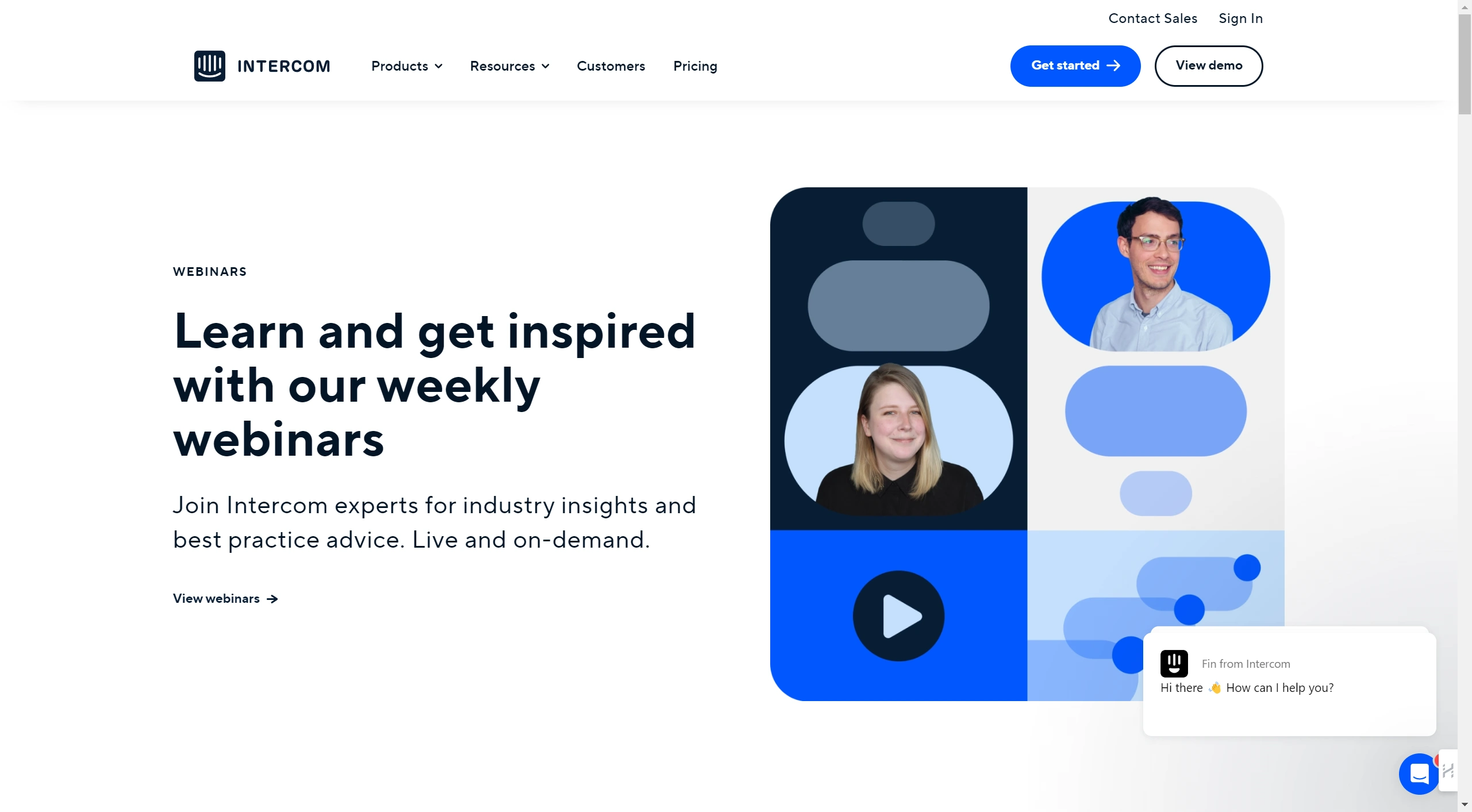
Additionally, Intercom implements targeted email campaigns to assess customer interest actively. This strategy allows them to identify potential customers who are likely to be interested in their offerings.
3. Consideration
Once you have captured the interest of potential customers, the next step is to guide them through the consideration stage of the SaaS marketing funnel. This is a critical stage where they’re seriously evaluating your product or service and comparing it to other options.
To assist them in making a decision, there are several key strategies to focus on:
- Provide detailed information: Give potential clients all the information they need to thoroughly evaluate your product or service. This includes highlighting the features, benefits, pricing, and testimonials.
- Address objections: Anticipate and address any concerns or objections they may have. This can be done by providing case studies or answering frequently asked questions to alleviate their doubts.
- Offer a trial or demo: Provide potential customers with the opportunity to try out your product or service. This hands-on experience can help them understand its value and make an informed decision.
Slack’s Effective Use of Consideration
Slack is a great example of a company effectively leveraging the consideration stage. They achieve this by offering incentivized free trials, ultimately allowing potential customers to experience the platform’s benefits firsthand.
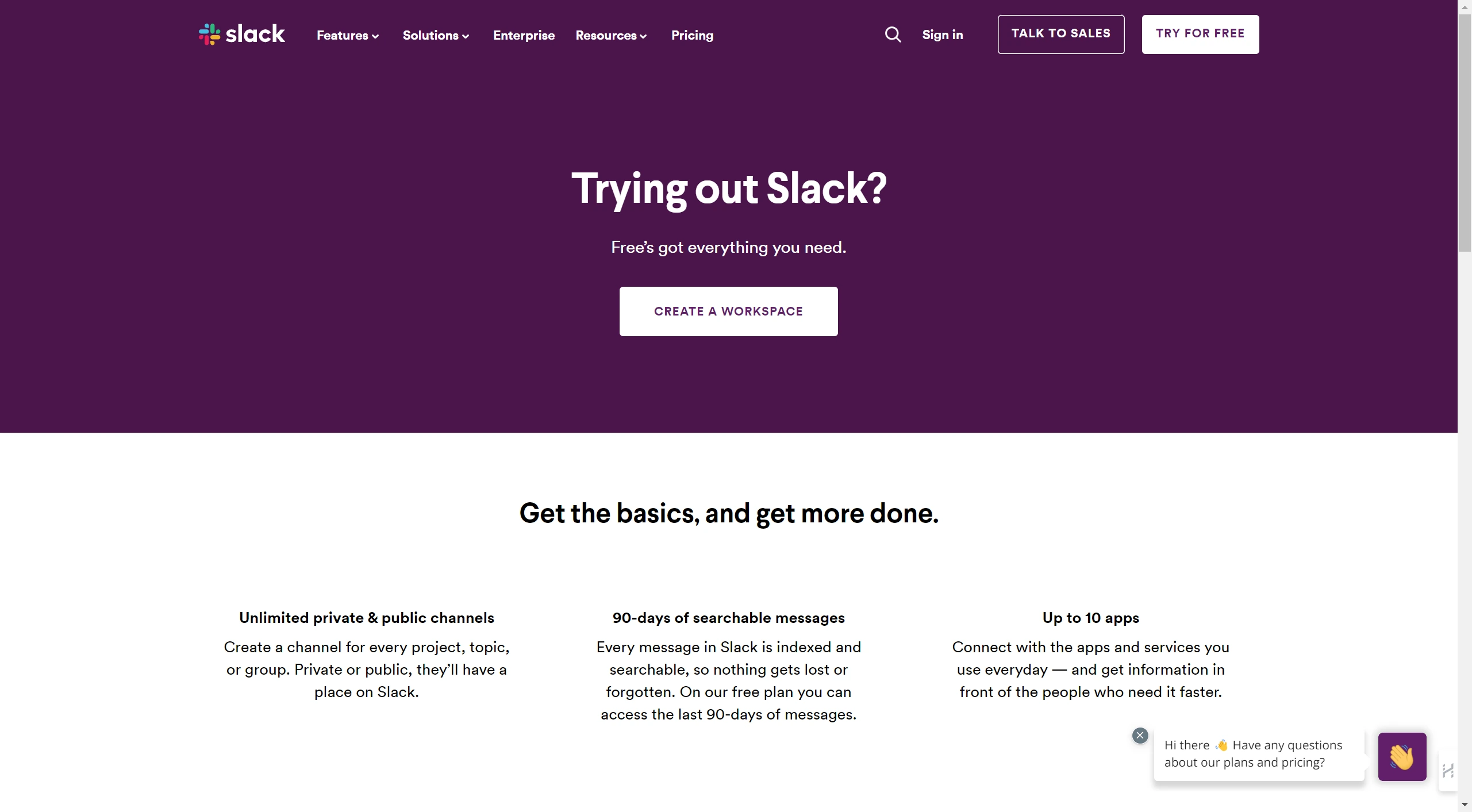
Additionally, they provide numerous case studies and testimonials, allowing customers to gain insights from real people’s experiences with the product.
4. Intent
In the fourth stage of the funnel, we have Intent. In short, to effectively guide potential customers through the consideration stage of the SaaS marketing funnel, it’s important to understand their intent and provide personalized solutions.
This stage, also known as the middle of the funnel, is where prospects have shown interest in your product or service and are evaluating their options.
It’s crucial to identify sales-qualified leads and focus on nurturing them. By understanding their intent, you can tailor your messaging and content to address their specific needs and challenges. This won’t only improve your funnel performance but also increase the likelihood of converting these leads into paying customers.
5. Purchase
Next up, we have the fifth stage of the funnel, Purchase. When it comes to guiding potential customers through the purchase stage of the SaaS marketing funnel, it’s important to focus on creating a smooth and hassle-free buying experience. Here are some key points to consider:
- Simplify the purchasing process by reducing the number of form fields and steps required.
- Ensure a seamless experience across different devices by optimizing for various screen sizes.
- Incorporate feedback mechanisms and communication channels to address any concerns or questions that customers may have.
- Optimize the checkout page to ensure smooth and secure transactions.
- Don’t forget about customer retention as part of your acquisition strategy to maximize long-term value.
When auditing your SaaS marketing funnel, it’s crucial to track key metrics such as revenue growth, customer churn, customer lifetime value, and customer acquisition cost.
Analyzing these metrics will help you identify areas for improvement and optimize your funnel for better results.
6. Post-Purchase
In the second-to-last stage of the funnel we have post-purchase. When analyzing your SaaS marketing funnel, it’s important to look at post-purchase metrics to understand customer satisfaction and maximize long-term value.
The post-purchase stage is an opportunity to build a strong relationship with your customers and turn them into advocates for your brand.
Here are three key metrics to consider during this stage:
- Customer Satisfaction: This metric measures the overall satisfaction of your customers with their purchase experience. It helps you identify areas for improvement and gauge customer loyalty.
- Customer Retention: Track the percentage of customers who continue to use your product or service over time. This metric indicates the effectiveness of your retention strategies and the quality of what you offer.
- Upsell/Cross-sell Revenue: Measure the additional revenue generated from upselling or cross-selling to existing customers. This metric shows the success of your expansion efforts and the value customers see in your offerings.
7. Advocacy
As you enter the advocacy stage (the last stage) of the SaaS marketing funnel, your focus shifts towards nurturing and leveraging the relationships you have built with your customers. This stage is all about turning satisfied customers into advocates who’ll spread the word about your product or service.
Here’s how you can make the most of the advocacy stage:
- Encourage customer referrals: Provide incentives for customers to refer others to your SaaS. Word-of-mouth marketing is extremely powerful and can lead to new customers.
- Collect testimonials and reviews: Ask customers for feedback and showcase their positive experiences on your website or social media platforms. This will build trust and credibility for potential customers.
- Foster a community: Create a space where customers can connect with each other, share insights, and provide support. This will strengthen their loyalty and encourage advocacy.
Key metrics to track during the advocacy stage include customer satisfaction, net promoter score (NPS), and referral rates. By focusing on advocacy, you can turn customers into your biggest advocates and drive further growth for your SaaS business.
Key Metrics to Track Your SaaS Marketing Funnel
So you’ve created your SaaS marketing funnel and now it’s time to track how well it’s performing. But which metrics should you focus on?
Here are five important metrics that will provide you with valuable insights:
- Churn rate: This metric measures the percentage of customers who cancel or stop using your SaaS product within a specific timeframe. It helps you understand how well you’re retaining customers and identify any issues that may be causing high churn rates.
- Monthly recurring revenue (MRR): MRR is the total amount of revenue that your SaaS business generates on a monthly basis. It gives you a clear picture of your revenue stream and allows you to track growth or decline over time.
- Revenue churn: Revenue churn measures the percentage of revenue lost from existing customers who cancel or downgrade their subscriptions. This metric helps you understand the impact of customer churn on your overall revenue and identify opportunities to reduce revenue churn.
- Customer lifetime value (CLV): CLV calculates the average revenue that a customer generates over their entire relationship with your SaaS business. It helps you understand the long-term value of your customers and informs decisions related to customer acquisition and retention strategies.
- Customer acquisition cost (CAC): CAC measures the cost incurred to acquire a new customer. It includes all marketing and sales expenses associated with acquiring customers. By tracking CAC, you can evaluate the effectiveness of your marketing efforts and ensure that your acquisition costs are reasonable compared to the value each customer brings.
1. Churn Rate
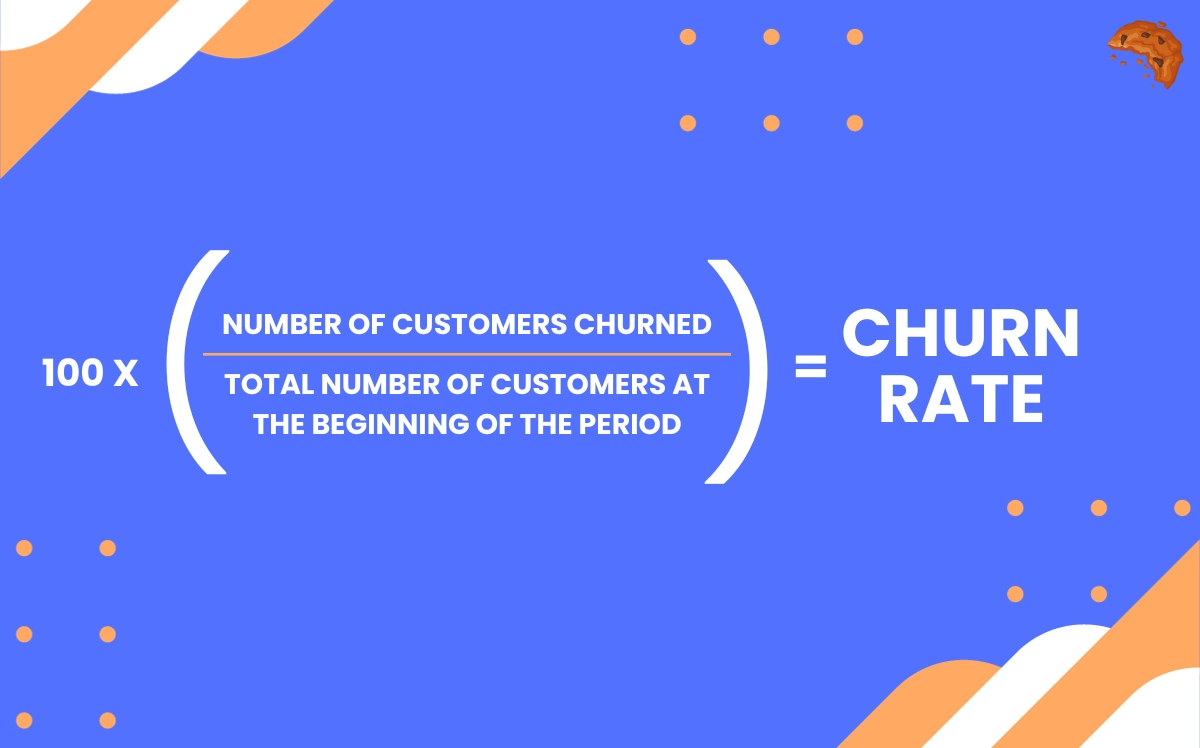
Churn rate provides valuable insights into how many customers are leaving your product or service within a specific time frame.
Understanding the importance of tracking churn rate can help you in the following ways:
- Identify areas for improvement: By calculating the churn rate, you can pinpoint any gaps or issues in your marketing funnel that might be causing customers to leave. This analysis allows you to make informed decisions and take necessary actions to reduce churn.
- Improve customer satisfaction and loyalty: Tracking churn rate enables you to address customer concerns and enhance the overall customer experience. By understanding the reasons why customers are leaving, you can make changes to improve customer satisfaction and foster loyalty.
2. Monthly Recurring Revenue (MRR)
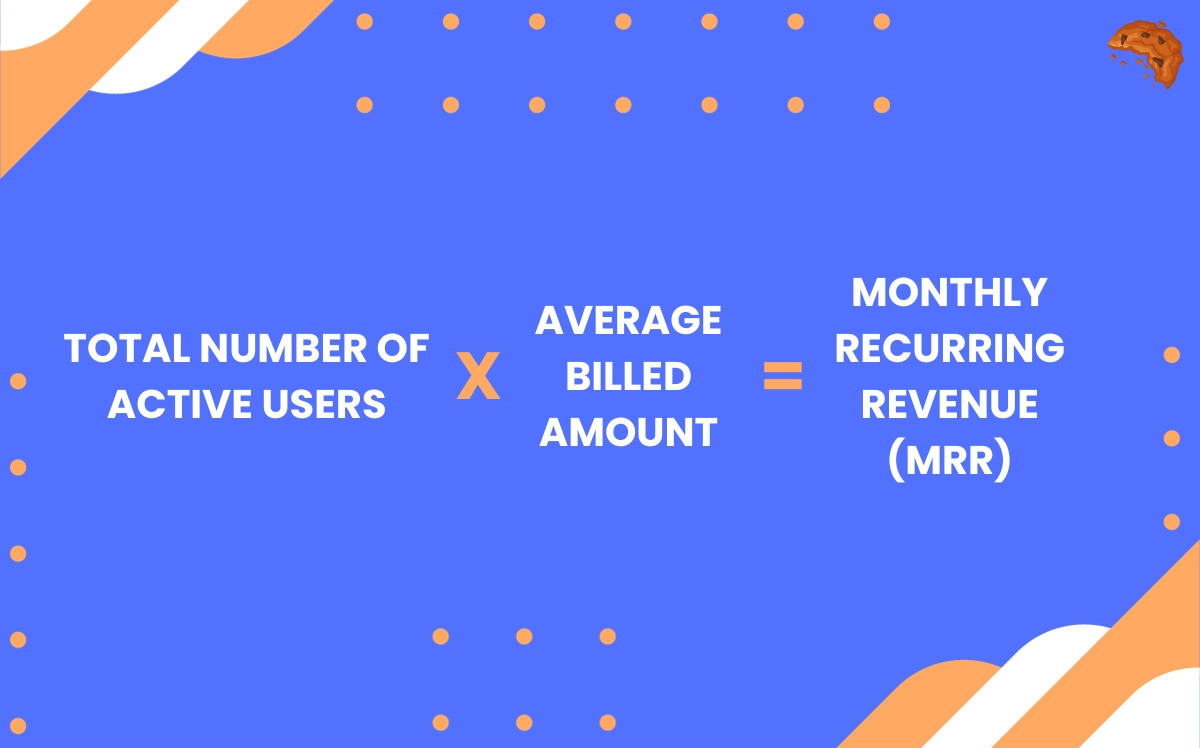
MRR refers to the predictable recurring revenue generated on a monthly basis from customers in a B2B SaaS business.
This metric is valuable for forecasting revenue, planning budgets, and making informed decisions about investments and hiring.
Additionally, monitoring MRR can provide insights into growth trends and patterns, enabling businesses to make strategic decisions regarding marketing and sales strategies.
Comparing MRR with other businesses in the same industry can also offer valuable insights for improvement.
Calculating MRR is as simple as adding up the monthly subscription fees from all active customers.
By keeping a close eye on MRR, you can gain valuable insights into your revenue performance and plan for the future of your SaaS business.
3. Revenue Churn
Revenue churn measures the percentage of revenue lost due to customer churn, downgrades, or cancellations. It provides valuable insights into the health and growth of your B2B SaaS business.
Here are two key points to understand the significance of revenue churn in tracking your SaaS marketing funnel:
- Assessing Customer Retention Strategies: Revenue churn allows you to evaluate the effectiveness of your customer retention strategies and make informed decisions about pricing and product development. By analyzing revenue churn, you can identify areas for improvement and take targeted actions to reduce churn, retain customers, and increase revenue.
- Identifying Customer Behavior Patterns: Revenue churn helps you identify trends and patterns in customer behavior. This information enables you to implement targeted strategies to reduce churn and retain valuable customers. By understanding why customers churn or downgrade, you can address their pain points and provide solutions that encourage them to stay with your business.
Tracking revenue churn is essential for optimizing your SaaS marketing funnel and ensuring sustainable growth for your business.
4. Customer Lifetime Value (CLV)
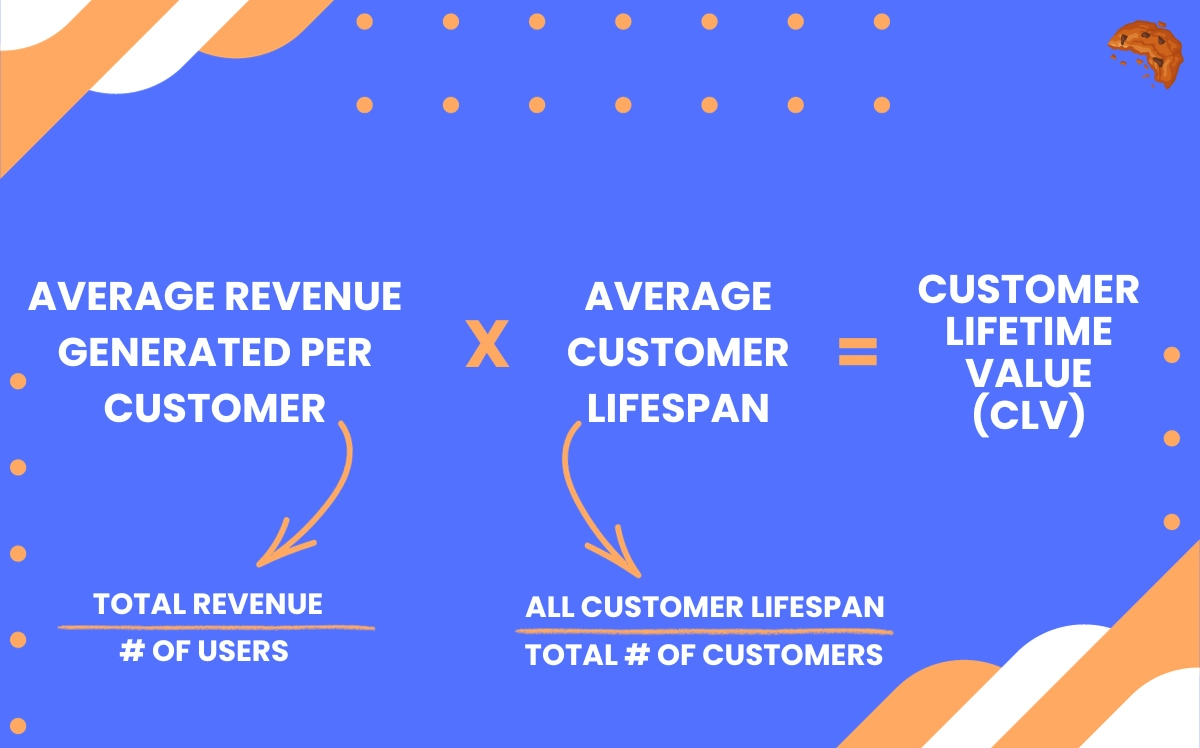
CLV measures the total revenue you can expect to generate from a customer over the entire duration of your relationship.
By tracking CLV, you can identify your most valuable customers and tailor your marketing and sales efforts towards them.
It also helps in allocating your budget wisely by investing more in acquiring customers with a high CLV.
5. Customer Acquisition Cost (CAC)
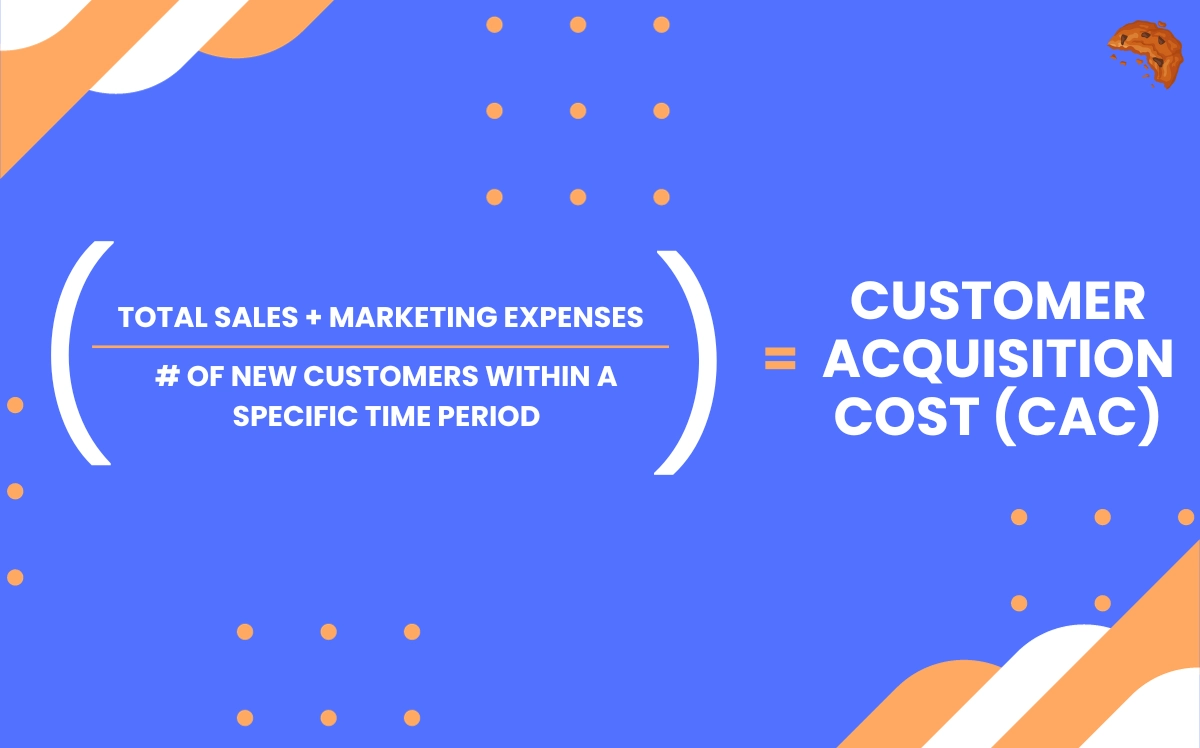
Tracking the Customer Acquisition Cost (CAC) is essential for optimizing your SaaS marketing funnel and making informed decisions about your marketing and sales spending.
Understanding the cost of acquiring a new customer helps you allocate your budget effectively and identify areas for improvement in your marketing and sales efforts.
Here are some key points to keep in mind when tracking CAC in your SaaS marketing funnel:
- Calculate CAC by dividing the total cost of acquiring customers by the number of customers acquired within a specific time period.
- Use CAC as a metric to measure the effectiveness of your marketing and sales campaigns and make adjustments as needed.
- Analyze trends and patterns in CAC to identify the strategies and tactics that yield the best results.
- Lowering CAC can lead to higher profitability by spending less money to acquire new customers.
Auditing Your SaaS Marketing Funnel
Now that you have defined the stages of your SaaS marketing funnel and understand how users navigate through it, it’s time to assess and improve your funnel.
Start by evaluating the effectiveness of your content and messaging at each stage. Look at key metrics like conversion rates and customer acquisition cost to pinpoint areas that need improvement.
Lastly, optimize your landing pages to ensure a smooth user experience and increase conversions.
Let us go ahead and break it down further.
1. Define Your Funnel Stages
First, start by identifying the different stages of your SaaS marketing funnel in order to effectively assess its performance. Understanding these stages will allow you to analyze the effectiveness of your marketing efforts at each step.
Here are two sub-lists that will help guide you through this discussion:
1. Stages of the SaaS Marketing Funnel
- Awareness Stage: This is the initial stage where potential clients are searching for information and may not yet be aware of the problem they have. Your main focus should be on grabbing their attention and increasing brand awareness.
- Engagement Stage: Once people become aware of your brand, they return to consume more content. At this stage, provide detailed information about your product or service to spark their curiosity and build trust.
2. Key Metrics to Consider
- Traffic: Measure the number of visitors to your website or landing page to gauge the effectiveness of your awareness stage.
- Conversion Rate: Track the percentage of visitors who take the desired action, such as signing up for a free trial or making a purchase, to assess the performance of your engagement stage.
2. Evaluate User Flow
To evaluate the user flow of your SaaS marketing funnel, start by analyzing the steps your potential customers take from awareness to conversion. By examining the user flow, you can identify any bottlenecks or areas where potential customers drop off.
This analysis will help you determine which stages of the funnel may need improvement and which saas sales funnel metrics to focus on. Look for metrics such as click-through rates, conversion rates, and time spent on each stage.
3. Review Content Effectiveness
To effectively assess the performance of your SaaS marketing funnel, it’s important to regularly evaluate how engaging your content is for potential customers and how effectively it drives them toward conversion.
Here are some tips to help you review the effectiveness of your content in your SaaS marketing funnel:
Analyze your content marketing strategy
- Take a close look at the goals and objectives of your content marketing efforts.
- Evaluate how well your content aligns with the needs and pain points of your target audience.
Assess content engagement metrics:
- Examine metrics like page views, time on page, and bounce rate to gauge how well your content is resonating with your audience.
- Evaluate social media engagement, including likes, shares, and comments, to measure the reach and impact of your content.
4. Using Key Metrics
When assessing your SaaS marketing funnel, it’s important to consider key metrics that can provide valuable insights and help you optimize for better results.
Some important metrics to track include (that was already mentioned above):
- Conversion rate: This measures the percentage of leads that become paying customers.
- Customer acquisition cost: This calculates the expense of acquiring each new customer.
- Customer lifetime value: This determines the total value a customer brings to your business over their lifetime.
- Churn rate: This measures the rate at which customers cancel or stop using your product or service.
5. Optimizing Landing Pages
Optimize your landing pages to improve your SaaS marketing funnel and achieve better results. Here are some tips to help you optimize your landing pages:
- Design and User Experience: Make sure your landing pages have a visually appealing design that aligns with your brand. Use clear and concise messaging to effectively communicate the value of your product or service. Additionally, ensure that your landing pages are mobile-friendly for a seamless experience across different devices.
- Conversion Optimization: Include a clear call-to-action that guides visitors towards the desired action. Simplify the conversion process by minimizing form fields and removing any unnecessary steps. Testing different elements such as headlines, images, and button colors can also help optimize conversions.
By optimizing your landing pages, you can attract more prospects, increase engagement, and boost conversions in your SaaS marketing funnel. It’s important to track key metrics like conversion rate, bounce rate, and time on page to measure the effectiveness of your landing pages.
6. Assess User Engagement
Assessing user engagement is crucial for optimizing your SaaS marketing funnel and improving overall conversion rates. By evaluating how users interact with your funnel at each stage, you can identify areas that need improvement and take action to enhance their experience.
Key metrics to consider when assessing user engagement include:
- Website traffic
- Time spent on page
- Bounce rate
- Click-through rate
- Conversion rate
These metrics provide insights into the effectiveness of your funnel in capturing and retaining user attention. By tracking and analyzing these metrics, you can make data-driven decisions to optimize each stage of your SaaS marketing funnel and ultimately increase conversions.
7. Check for Mobile Responsiveness
To assess the mobile responsiveness of your SaaS marketing funnel, it’s important to evaluate the user experience on different mobile devices. Here are some key steps to consider:
- Test your website and landing pages on various mobile devices to ensure they display correctly and are easy to navigate.
- Check for any issues with loading times or responsiveness on mobile devices.
- Ensure that your forms and checkout process are mobile-friendly and user-friendly.
Consider implementing responsive design techniques, such as using flexible layouts and responsive images, to optimize the user experience on different screen sizes. Pay attention to the placement and visibility of your call-to-action buttons and other important elements on mobile devices.
Don’t forget to test the mobile responsiveness of any emails or marketing materials you send out as part of your funnel.
8. Analyze Email Campaigns
As you continue to assess the effectiveness of your SaaS marketing funnel, it’s crucial to analyze your email campaigns. Email marketing plays a vital role in nurturing leads and converting them into paying customers. By examining your email campaigns, you can evaluate the impact of your messaging, targeting, and overall strategy.
Take a close look at metrics like open rates, click-through rates, and conversion rates to gauge the performance of your campaigns. Identify the emails that generate the most marketing-qualified leads and drive conversions. This valuable information will enable you to optimize your email marketing strategy and enhance the performance of your SaaS marketing funnel.
9. User Feedback Integration
To effectively integrate user feedback into your SaaS marketing funnel, it’s essential to gather valuable insights and make necessary improvements.
Here are some steps to help you with user feedback integration:
- Collecting User Feedback
- Encourage customers to provide feedback through surveys, interviews, or feedback forms.
- Monitor online reviews and social media mentions to understand user sentiment.
- Analyzing User Feedback
- Look for patterns and common pain points mentioned by users.
- Prioritize feedback based on its impact on the user experience and business goals.
- Implementing Changes based on User Feedback
- Utilize user feedback to identify areas for improvement in your marketing funnel.
- Test and iterate on changes to optimize the user experience and conversion rates.
10. Competitor Benchmarking
Now let’s explore the process of auditing your SaaS marketing funnel to compare it with your competitors.
Auditing your SaaS marketing funnel is crucial to assess your performance in the market. By analyzing each stage of the funnel—awareness, engagement, exploration, and conversion—you can pinpoint areas for improvement and gain insights into what sets your competitors apart.
Take a look at metrics like conversion rates, customer acquisition costs, and churn rates to assess your performance. Compare these metrics with industry benchmarks to see where you stand.
This audit will help you identify gaps and opportunities to optimize your marketing efforts and stay ahead of the competition.
Conclusion
Understanding and optimizing the stages of the SaaS marketing funnel is essential for driving conversions and retaining customers.
By tracking key metrics and regularly auditing your marketing strategies, you can identify areas for improvement and enhance your overall marketing efforts.
Whether you’re a SaaS startup or an established company, implementing these strategies will elevate your marketing game and contribute to the growth of your business.
Leave a Reply